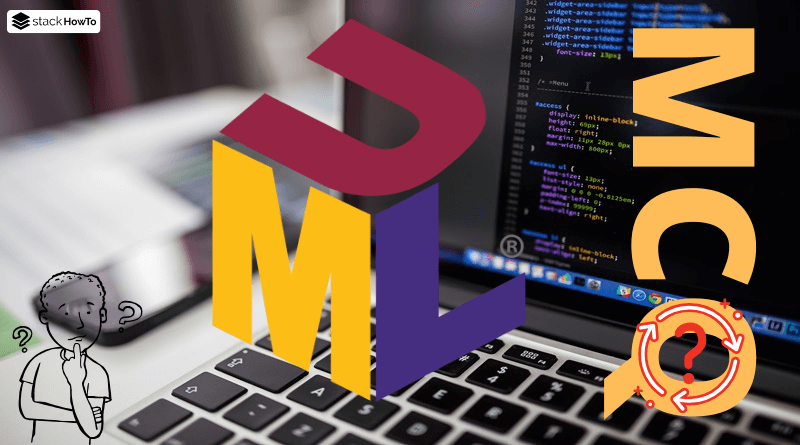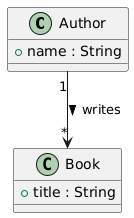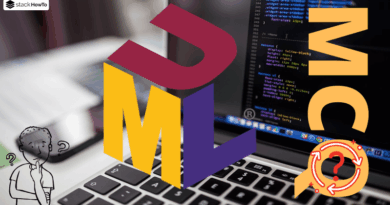UML Diagrams MCQs Questions With Answers – Part 11
Test your knowledge and boost your confidence with these multiple-choice quizzes focused on UML diagrams, foundational software engineering concepts, and real-world best practices. Designed for students, developers, and exam candidates, these MCQs offer a quick and effective way to assess your understanding and sharpen your skills.
1. Which of these elements is not a relationship in UML?
A Association
B Aggregation
C Function
D Dependency
2. What does aggregation in UML mean __________
A One completely belongs to the other
B A weak “part-whole” relationship
C Specialization
D An abstract class
3. What is the correct representation of an object in a UML object diagram?
A Rectangle with name and attributes underlined
B Rectangle with a black background
C Oval with messages
D Empty rectangle
4. What does this diagram show?
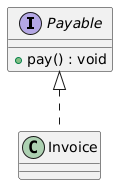
A The Invoice class inherits from Payable
B Payable is an abstract class
C The Invoice class implements a Payable interface
D Invoice depends on Payable
5. In a class diagram, what is the difference between an interface and an abstract class?
A The interface can have attributes
B An abstract class can have an implementation
C The interface is instantiable
D No difference
6. What notation is used to indicate that a class contains a collection of objects in a class diagram?
A A diamond
B A square with arrows
C A dashed line
D A solid line with multiplicity *
7. In a use case diagram, what does an arrow pointing from the actor to a use case indicate?
A An inclusion
B An extension
C A return message
D An association
8. In a state transition diagram, what is a “final state”?
A A state where the process has not yet started
B A state where the process makes a decision
C A state where the object or process is finished
D A state where the system is waiting for user action
9. What does this sequence diagram model?
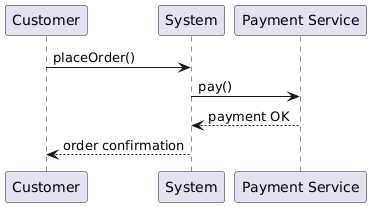
A The structure of a payment system
B The chronological flow of an order with payment
C The state transitions of the payment service
D The relational model of a database
10. What is an “extension” in a use case diagram?
A A relationship between two actors
B A conditional variant of a use case
C A mandatory inclusion in all use cases
D A loop in a process

